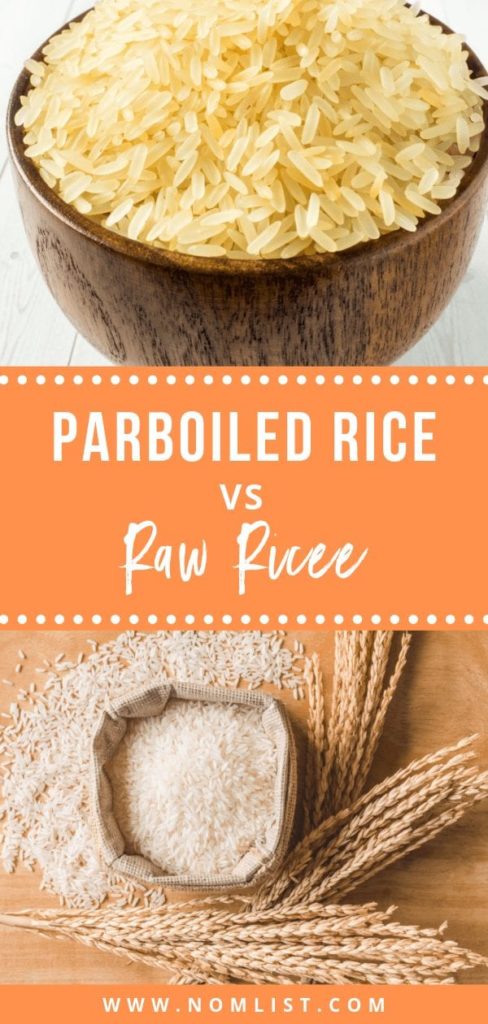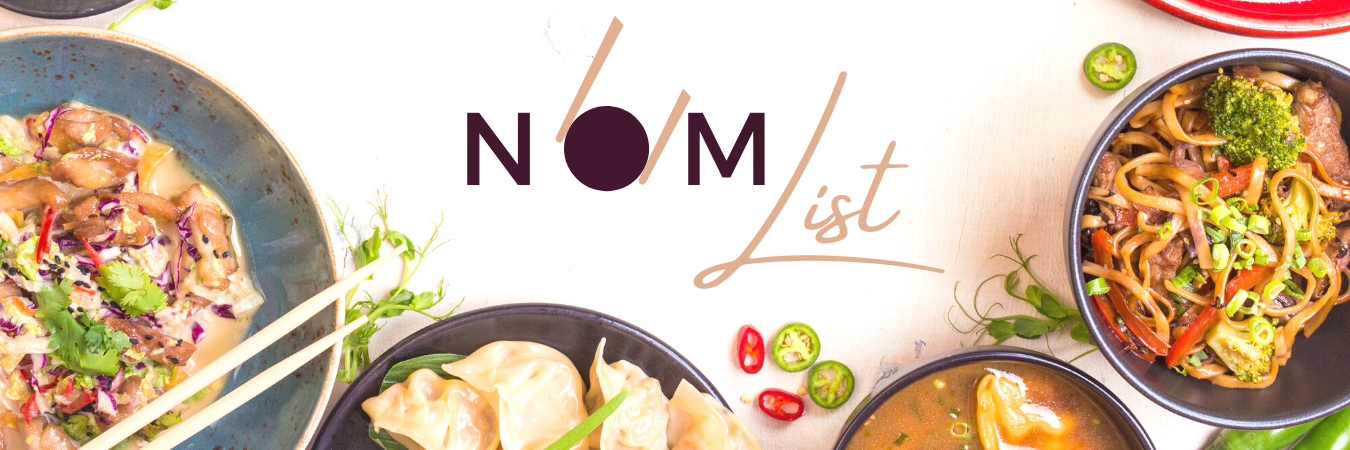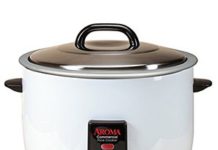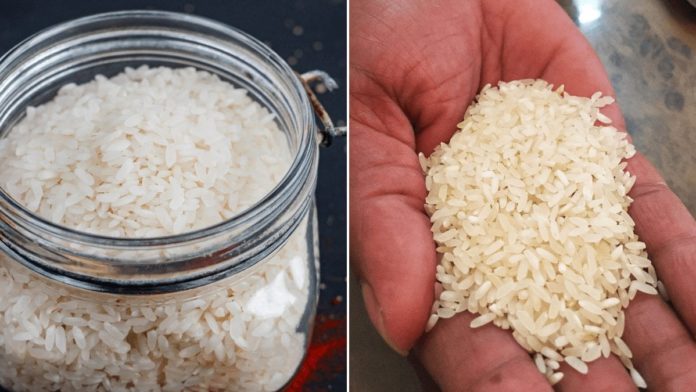
Rice is one of the most eaten foods in the world feeding over half the world’s population. It’s delicate grains and delicious flavor make it the gem of culinary excellence. There are several ways rice can be enjoyed, and cultures globally prepare it to their liking. Today, we’re going to break down the goods and the bads of parboiled rice vs raw rice in an epic showdown battle of the grains.
If you’re not quite sure what parboiled rice is, don’t fear. It’s another way of saying quick rice or easy rice. You know, like those instant rice cups or boxes you see at the grocery store? That’s parboiled rice, and it can be found in American stores and other variations across the globe (mostly in India).
Raw rice (aka the rice we commonly know) is, well, not exactly RAW per se. When we say “raw rice,” we’re referring to rice that hasn’t been processed or steamed beforehand. This is your standard white rice or brown rice. We’re going to be referring to rice in its original consumable form as “raw rice,” FYI.
So, without further ado, here is Parboiled Rice vs Raw Rice: Battle of the Tastes
What’s the Difference?
Parboiled Rice
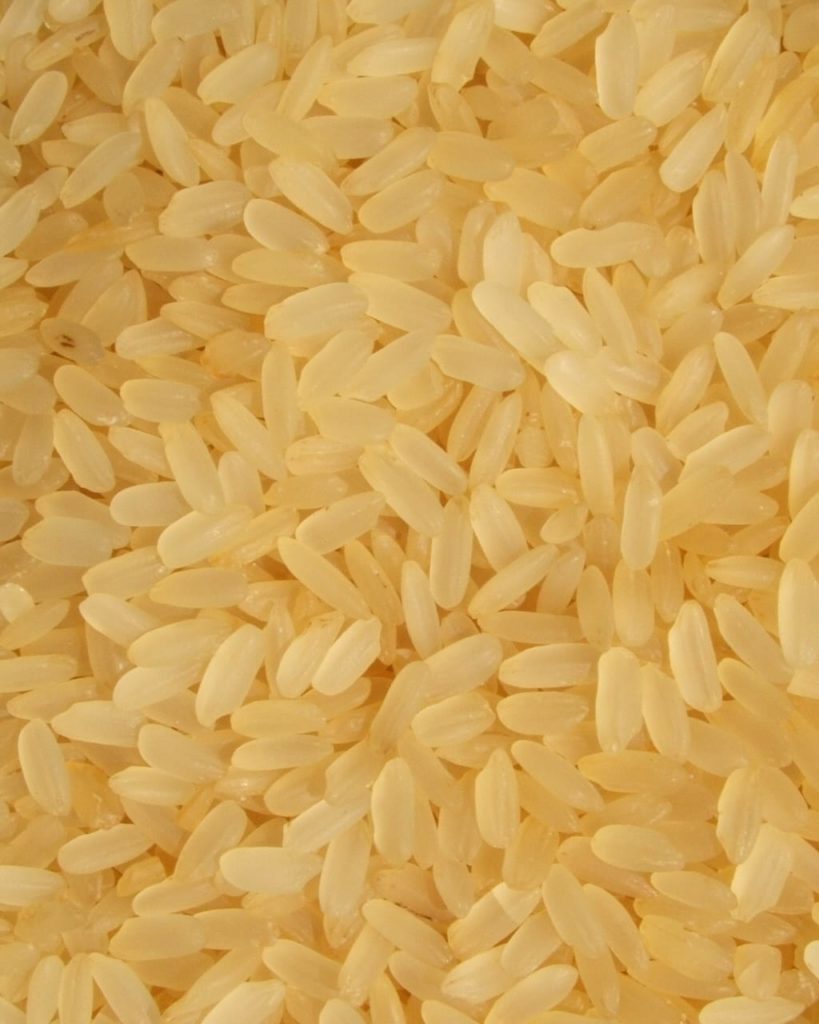
After the raw rice is harvested, the inedible hull part is removed, which is what we know as brown rice. However, when you parboil rice, you must soak the rice while it’s still in the husk. Then you steam the rice and partially cook it down. Lastly, the rice is dehydrated and dried out for sale to consumers.
Parboiling is used across the globe in regions such as India, Bangladesh, Pakistan, Myanmar, Malaysia, Nepal, Sri Lanka, Guinea, South Africa, Italy, Spain, Nigeria, Thailand, Switzerland, USA, and France. However, the process of parboiling was adopted by North American rice growers in the early 20th century.
Raw Rice
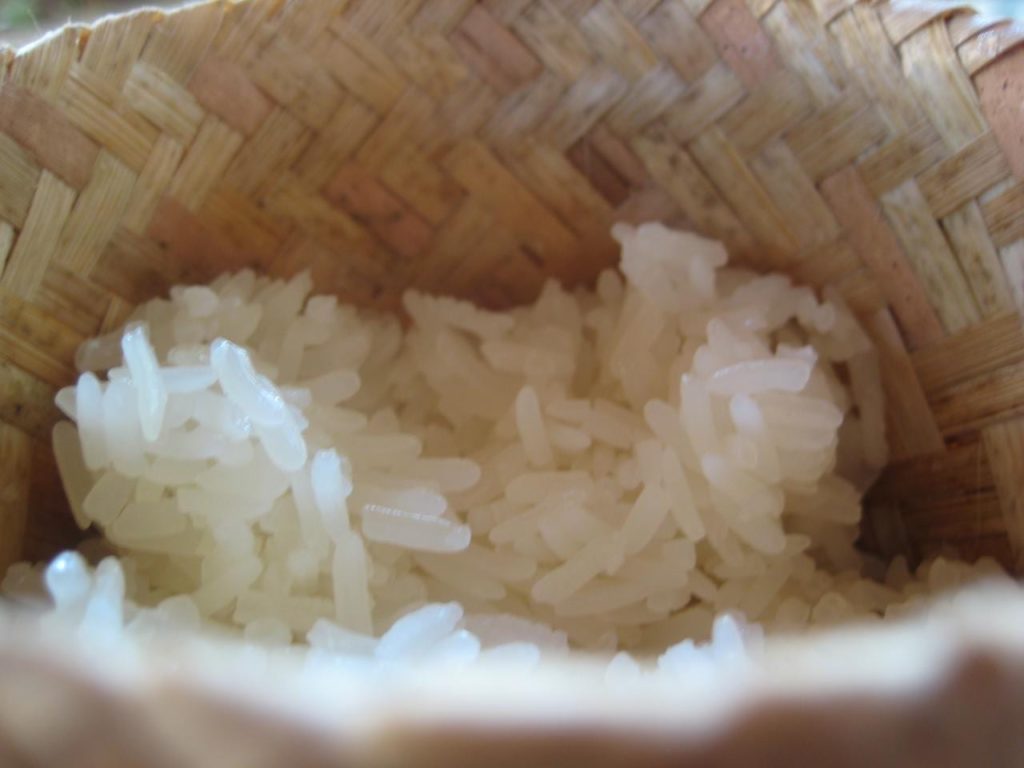
When we say raw rice, we don’t mean actually eating the raw grains. Eating rice raw can actually be extremely poisonous and bad for our diets. However, raw rice is usually referenced as raw white rice, where no boiling takes place during the paddy processing. That means the paddy rice must be cooked all the way down to reveal the raw polished white grains.
Many people eat raw rice because of the belief that raw rice is divine and should only be eaten without human processing.
Nutrition
Parboiled Rice

When pre-processing the rice before being sold, parboiling allows the rice to retain about 80% of the nutrition of brown rice. Parboiling is also a healthier alternative than regular polished white rice because regular white rice loses tons of nutrients when the bran is removed from polish.
During the parboiling process, the steaming drives the nutrients from the husk into the endosperm of the rice, mainly thiamin, making nearly as healthy as brown rice but still having a similar flavor and texture of white rice. This is why this process is popularized mainly in North America. Plus, North Americans do love getting things fast and on the go!
Raw Rice
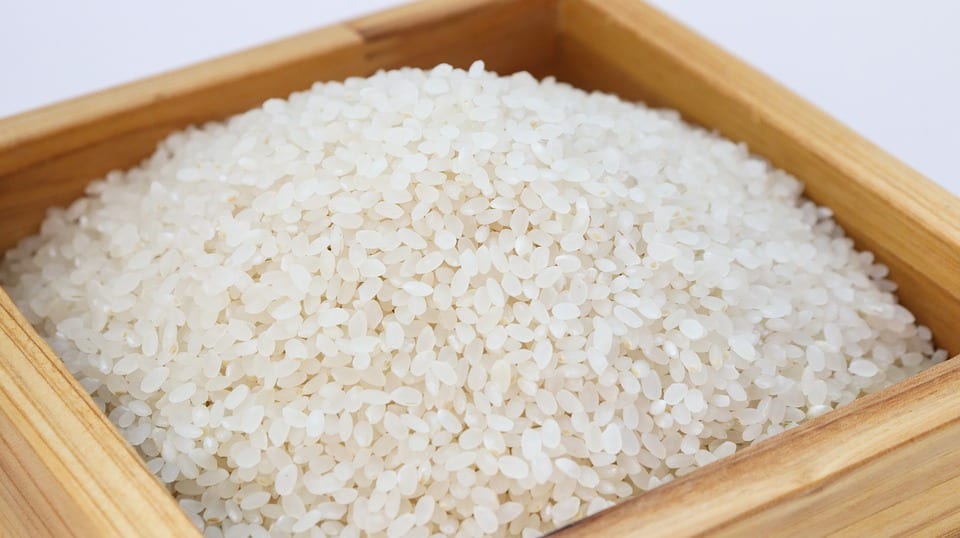
The raw rice flavor is known to be sacred in certain cultures. Many people prefer this flavor since it is the cleanest tasting rice and free of processing. However, because the paddy rice is not processed or boiled before polishing, many of the nutrients are lost during the cooking process.
Raw uncooked rice is inedible, meaning it has the outer thick husk that protects the grain. The process to boil and cook this down is quite tedious and requires the grains to be boiled down passed the husk, bran, and the germ Since most of the nutrients come from the husk and bran, raw rice after cooked is essentially nutrient-deficient and is not ideal for getting proper nutrition.
After 2011, many manufacturers enrich the rice with nutrients as an additional process with minerals and vitamins. Though it does require more human intervention, it does leave you with better nutritional value.
Cooking
Parboiled Rice
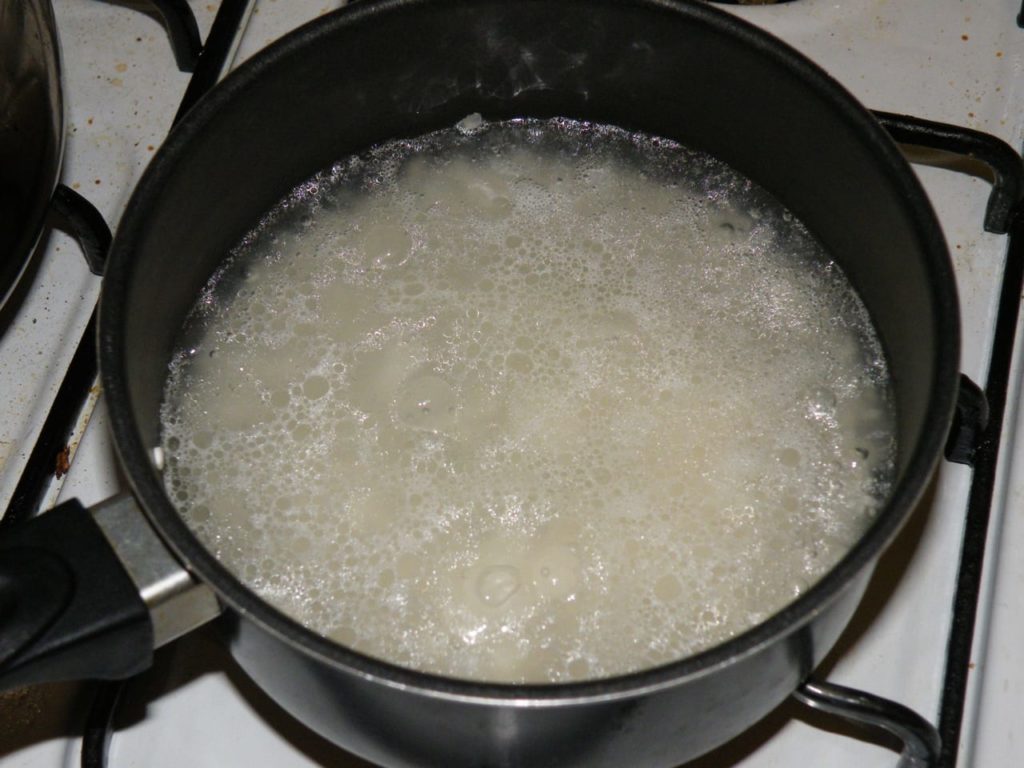
Even though it may seem like parboiled rice is pre-cooked, it really isn’t. The parboiling process does help make cooking the rice at home much easier than cooking raw rice or polished white rice. The reason for this is because some of the processing during parboiling allows the rice to be more affected by heat and boiling. So, it takes only about 20 minutes to cook parboiled rice. That’s also why parboiled rice is known as easy rice or quick rice.
Raw Rice
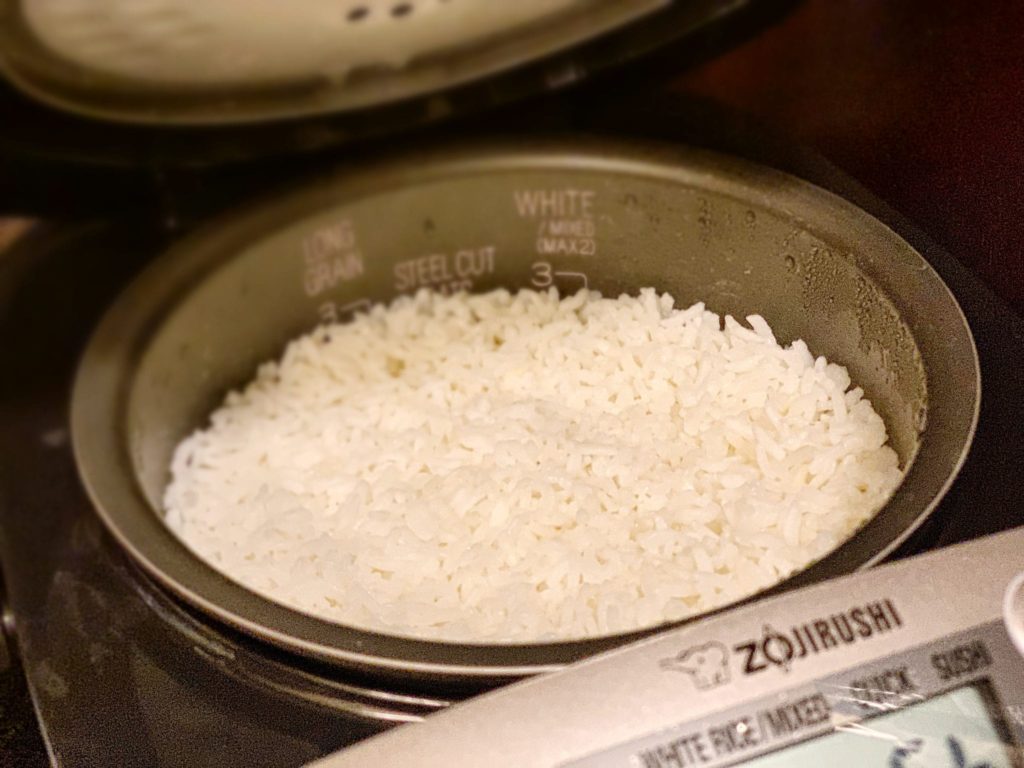
Raw paddy rice is dried to 11% moisture or even less. Without boiling, it is directly milled into brown rice. Then, the brown rice is actually polished into white rice.
There are several types of raw rice: long-grain, short-grain or medium-grain, to name a few. The most commonly eaten rice is white rice, which has its husk, bran, and germ removed.
Each style of rice has different cooking times and varies depending on how you cook them. Rice cookers can create a more even cook but may take longer while stovetop cooking may expedite the process. Cooking times generally are long-grain and medium-grain rice for 15 minutes; short-grain varieties for 20 minutes; and brown rice for 30 minutes.
Need a way to cook your perfect bowl of rice? Check out these incredible rice cookers.
Texture
Parboiled Rice
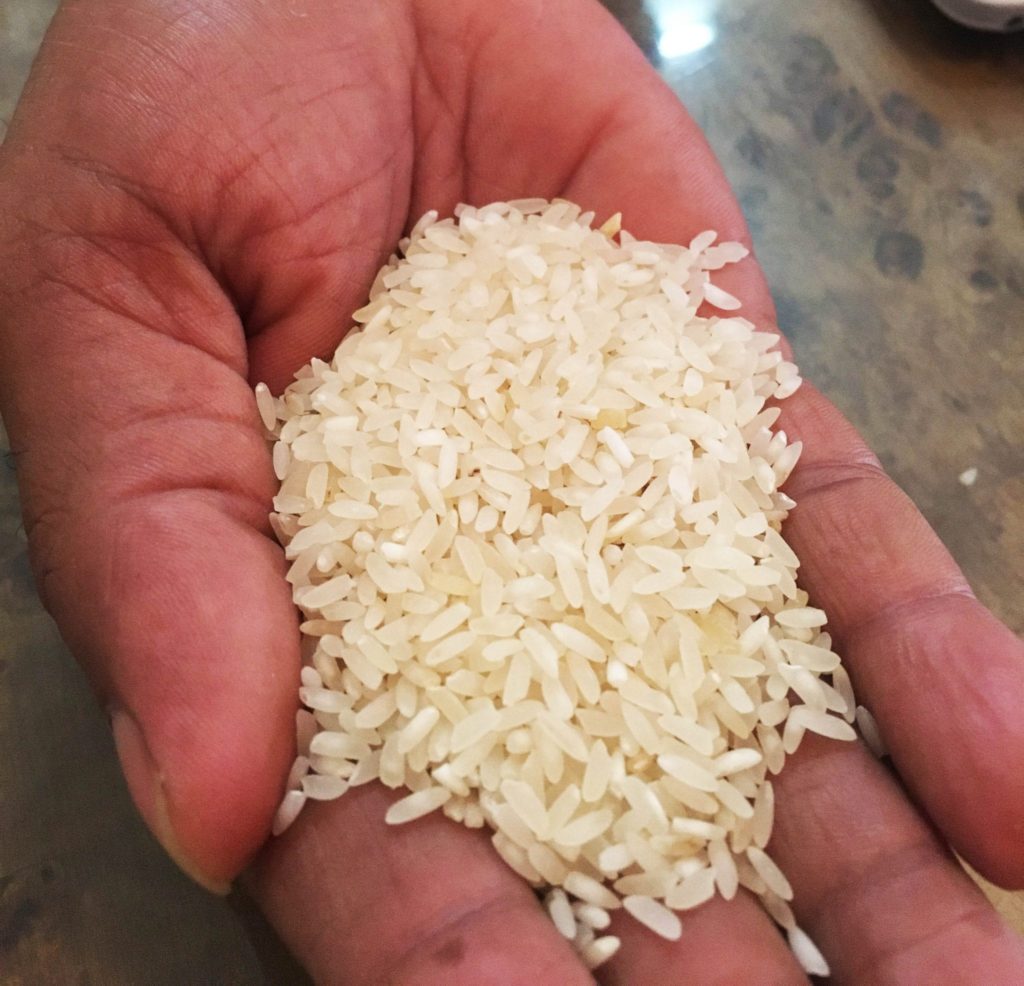
Since parboiled rice has a little more nutrition that’s been steamed from the bran into the germ, the actual consistency of the rice is a little bit more firm. It’s also not as sticky as raw rice and holds a denser al dente texture. This type of texture is more common with Indian parboiled basmati rice.
Some of the instant rice available in the US can be a little tricky. Americans generally will parboil rice in order to make the cooking process a lot faster ie instant rice. These, however, can have touchy cooking processes and tend to come out mushy if cooked incorrectly.
Raw Rice
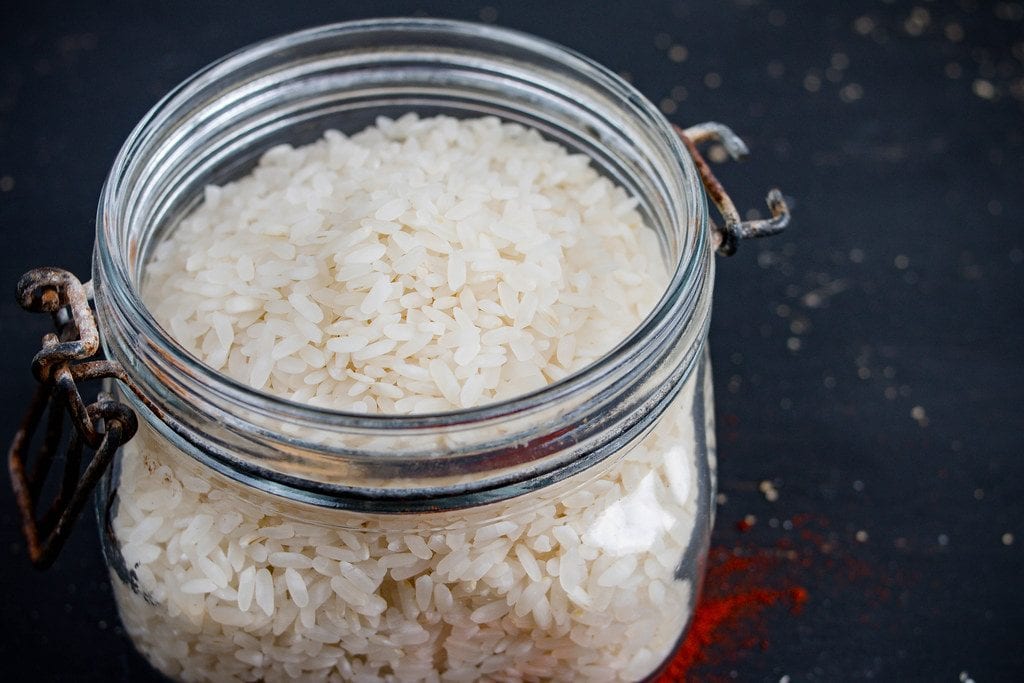
Regular white rice is used in many Eastern Asian cuisines. Sushi rice is an excellent example of texture, having a more sticky-like elasticity and a bit more soft. On the contrary, raw brown rice tends to be much more grainy and gives a bit more bite back.
Cooking rice is always a tricky process to get correctly each time, hence the existence of the rice cooker. Getting the ideal texture with raw rice is always the best with a rice cooker unless you have the perfect stove-top formula.
If you’re looking for the best rice to cook at home, check out these rice brands.
Flavor
Parboiled Rice
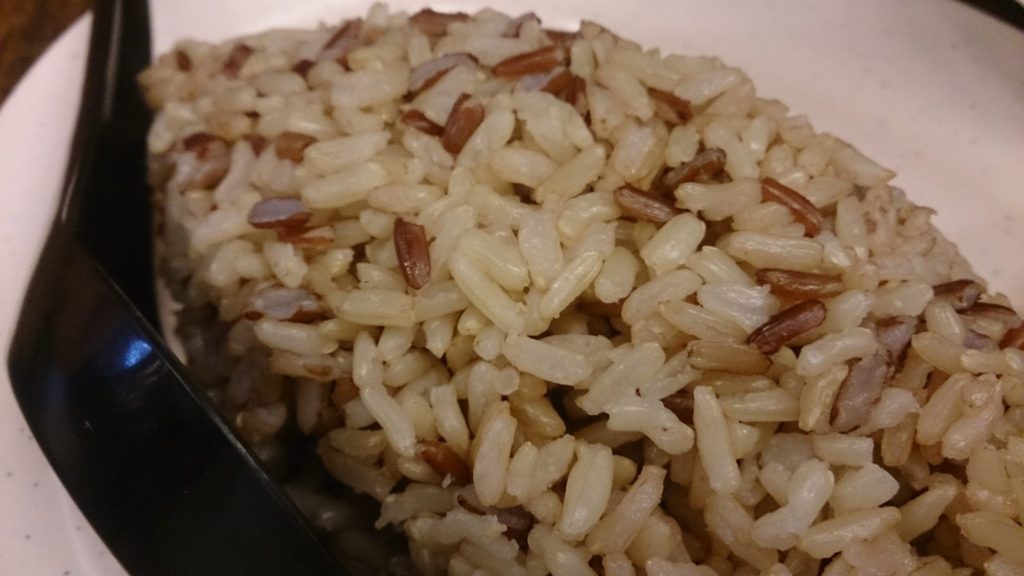
Flavor can be a pretty subjective matter when it comes to tastes. Parboiled rice generally will sacrifice flavor for efficiency and nutrition. This doesn’t mean that parboiled rice doesn’t taste good.
Since most of the nutrition is packed into the rice grains, the flavor is a bit nuttier and wheatier than the standard white rice. This can be a flavor preference to many, especially in India.
Raw Rice
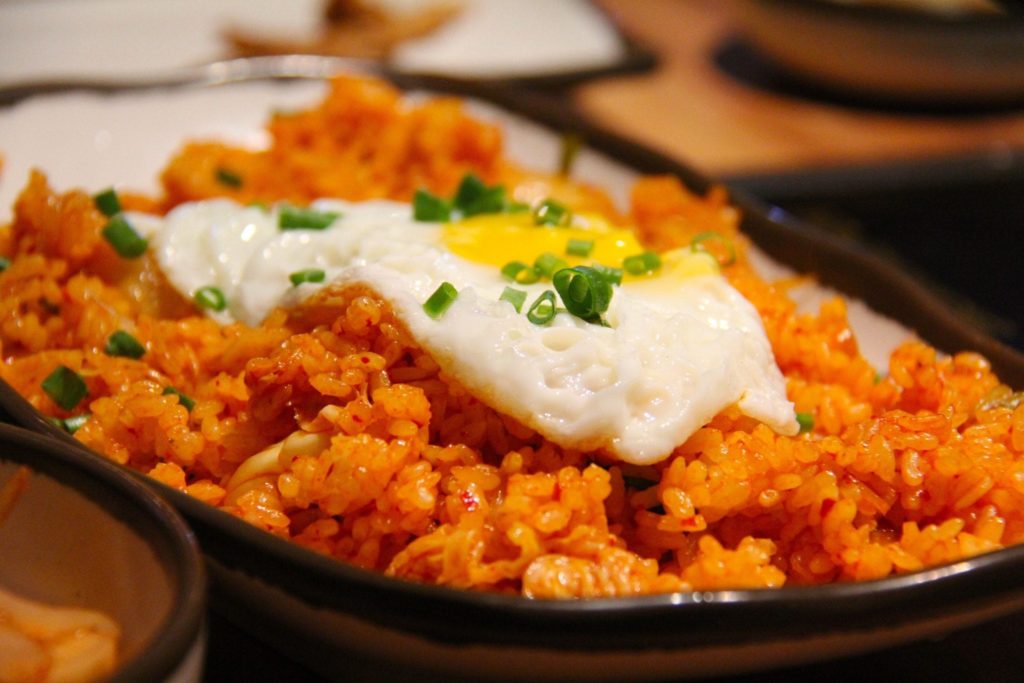
Many people like to sacrifice the nutritional value for flavor. That’s when regular white rice takes the lead. Because the oils are broken down into free fatty acids after being cooked down, the acidity increases. Also, the sugars break down creating a more sweet flavor as well.
Naturally, regular rice has monosodium glutamate, which is a fan favorite of all foodies despite its common side effects. Also, since this is the most popular style of rice, many people favor the flavor of regular rice since it is most familiar.
And the WINNER is…
RAW RICE!
Since this is strictly a battle of the tastes, the winner is the classic raw rice. Even though it does lack in efficiency in cooking and nutrition, the flavor, texture, and yummability of raw rice make it hard to beat.
Since we at Nomlist aren’t really trying to focus on our waistlines, we’re 100% advocates of tasty over trim. So, regular white rice, you most certainly stole our hearts and the win!
